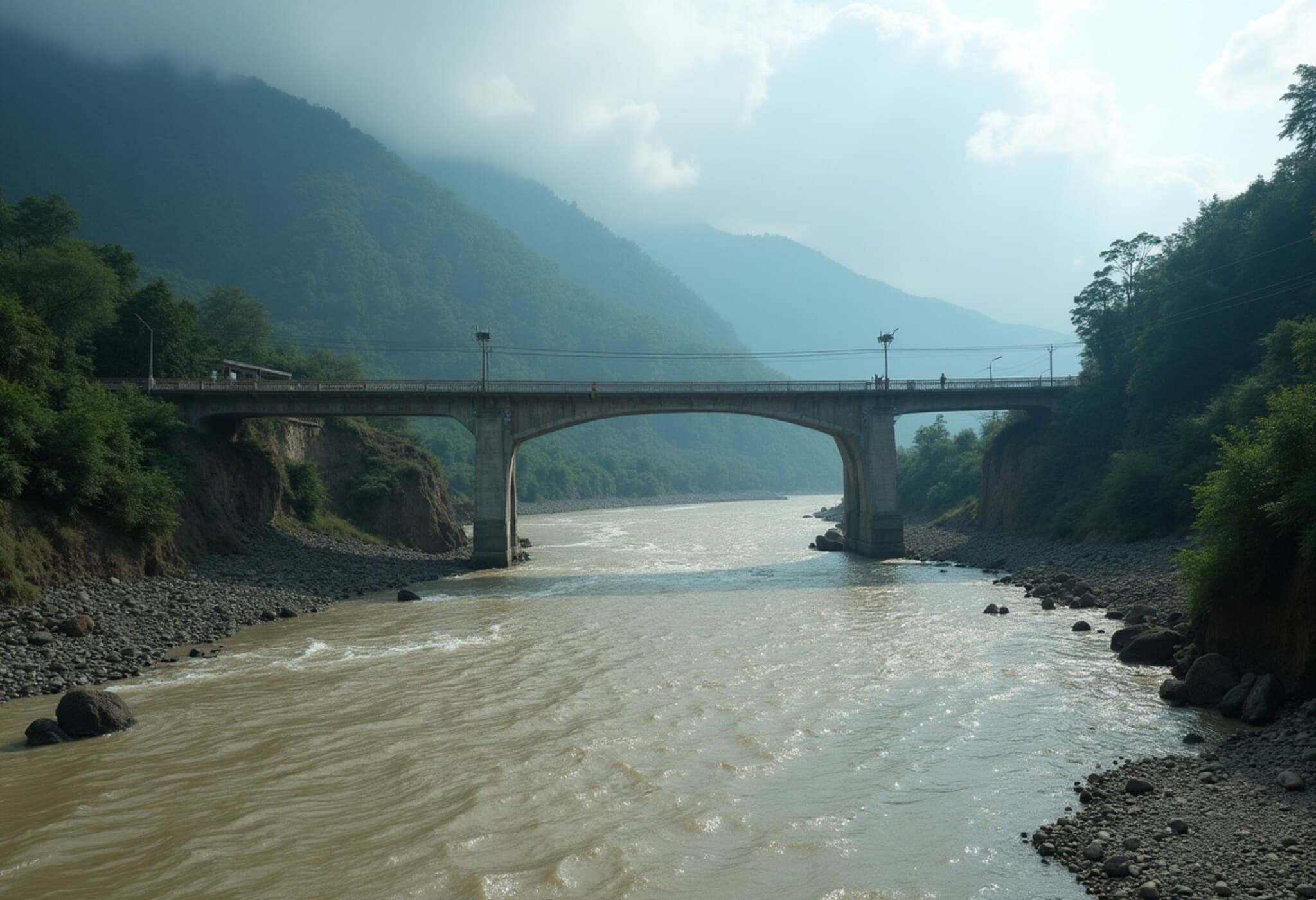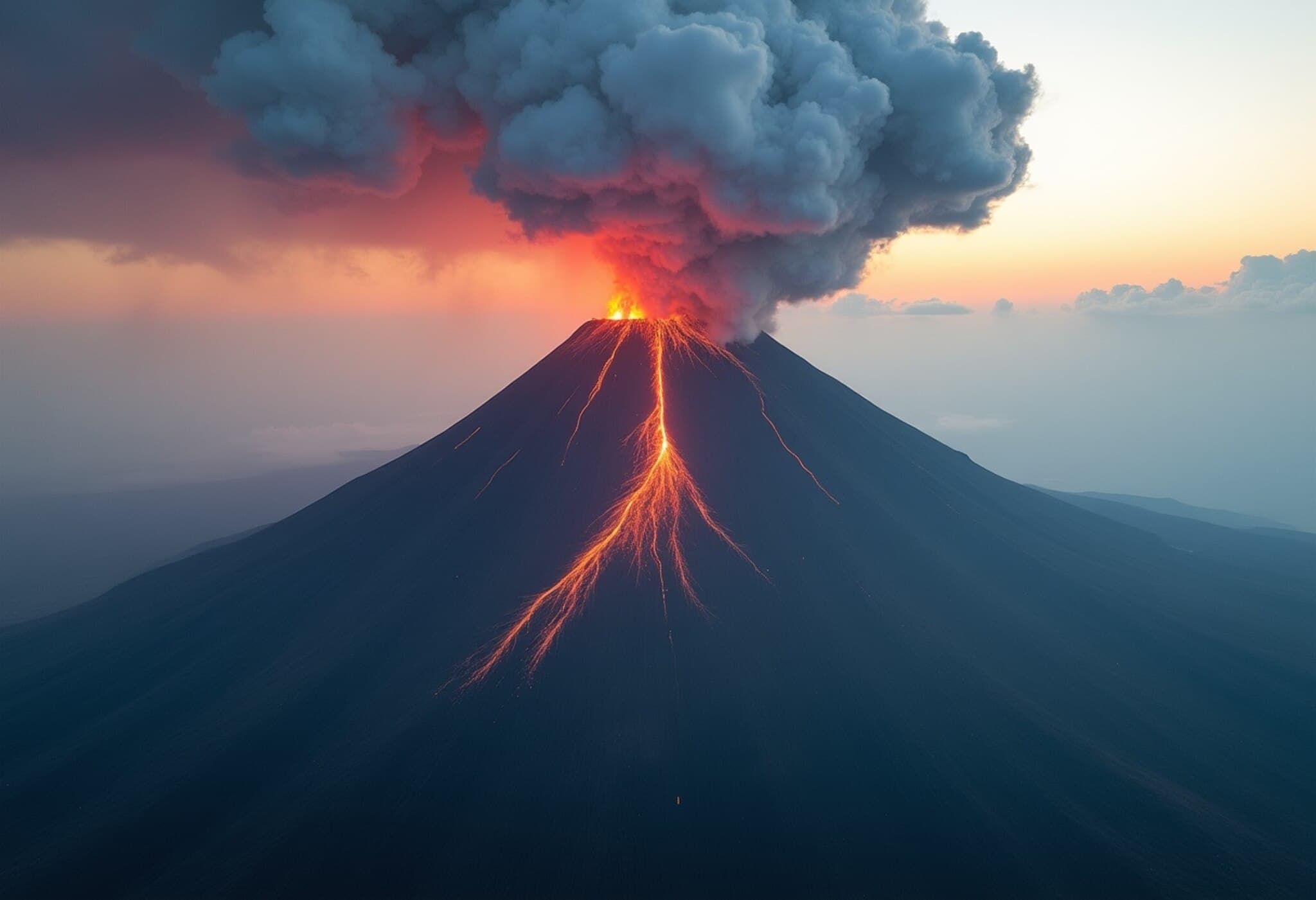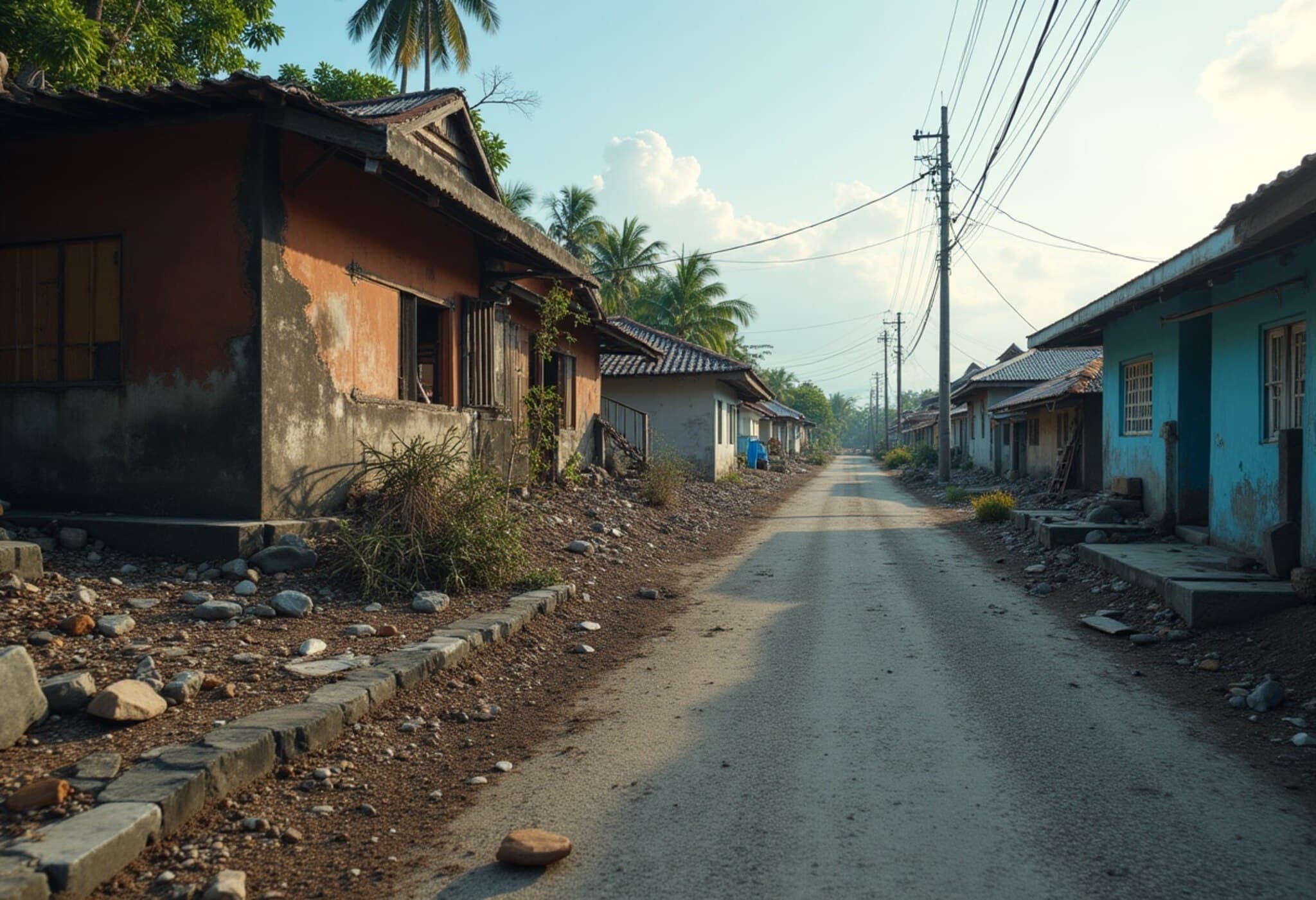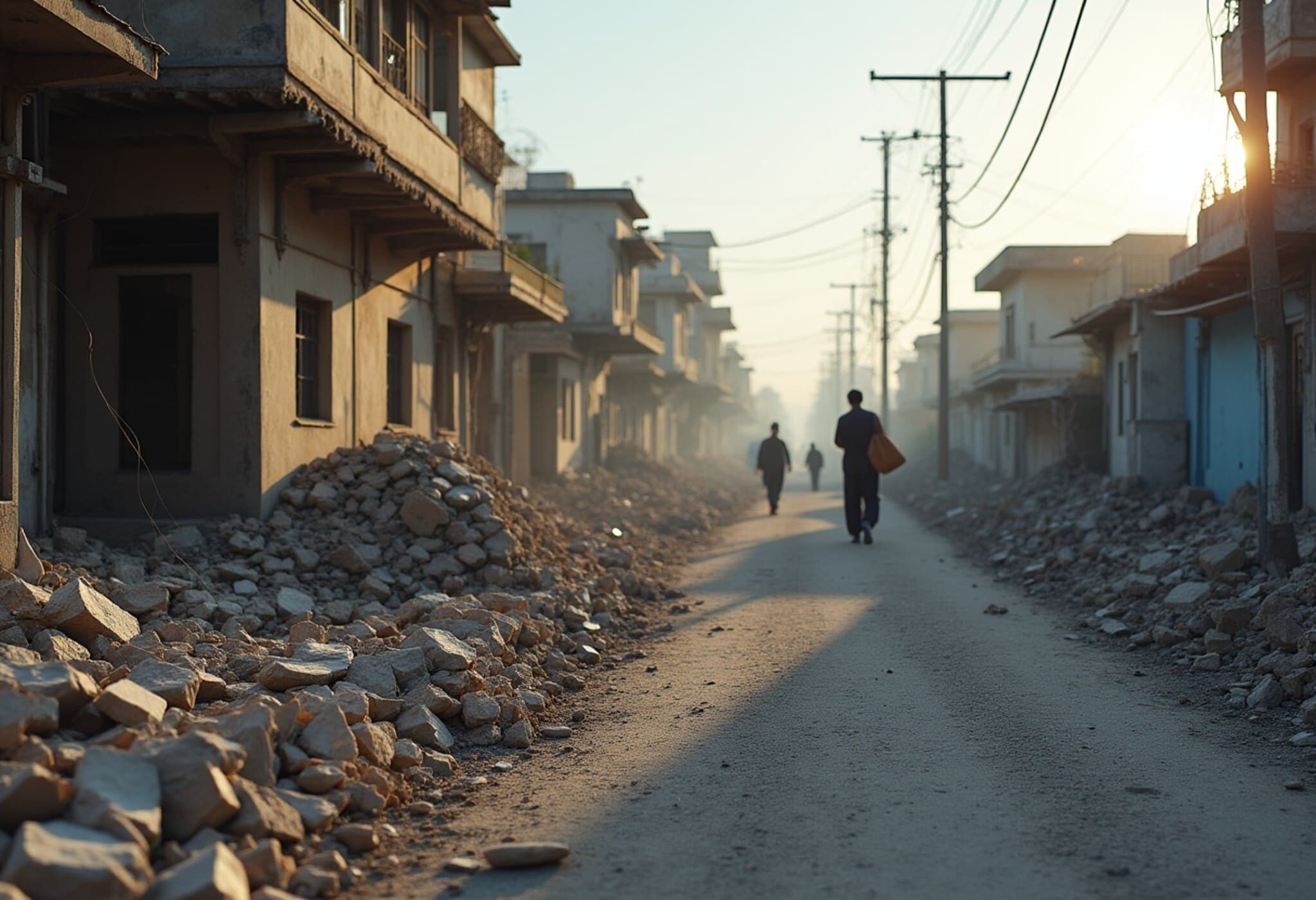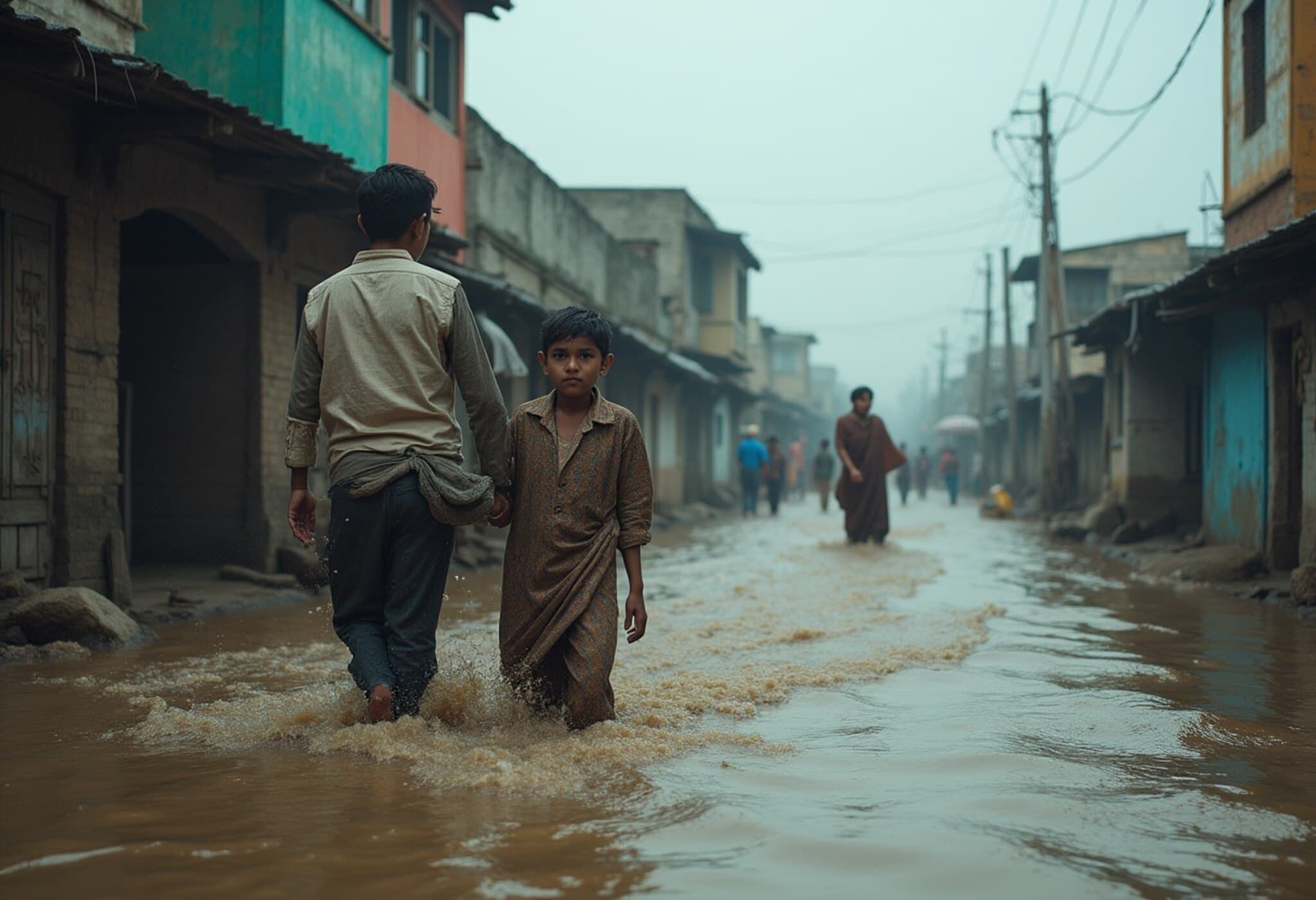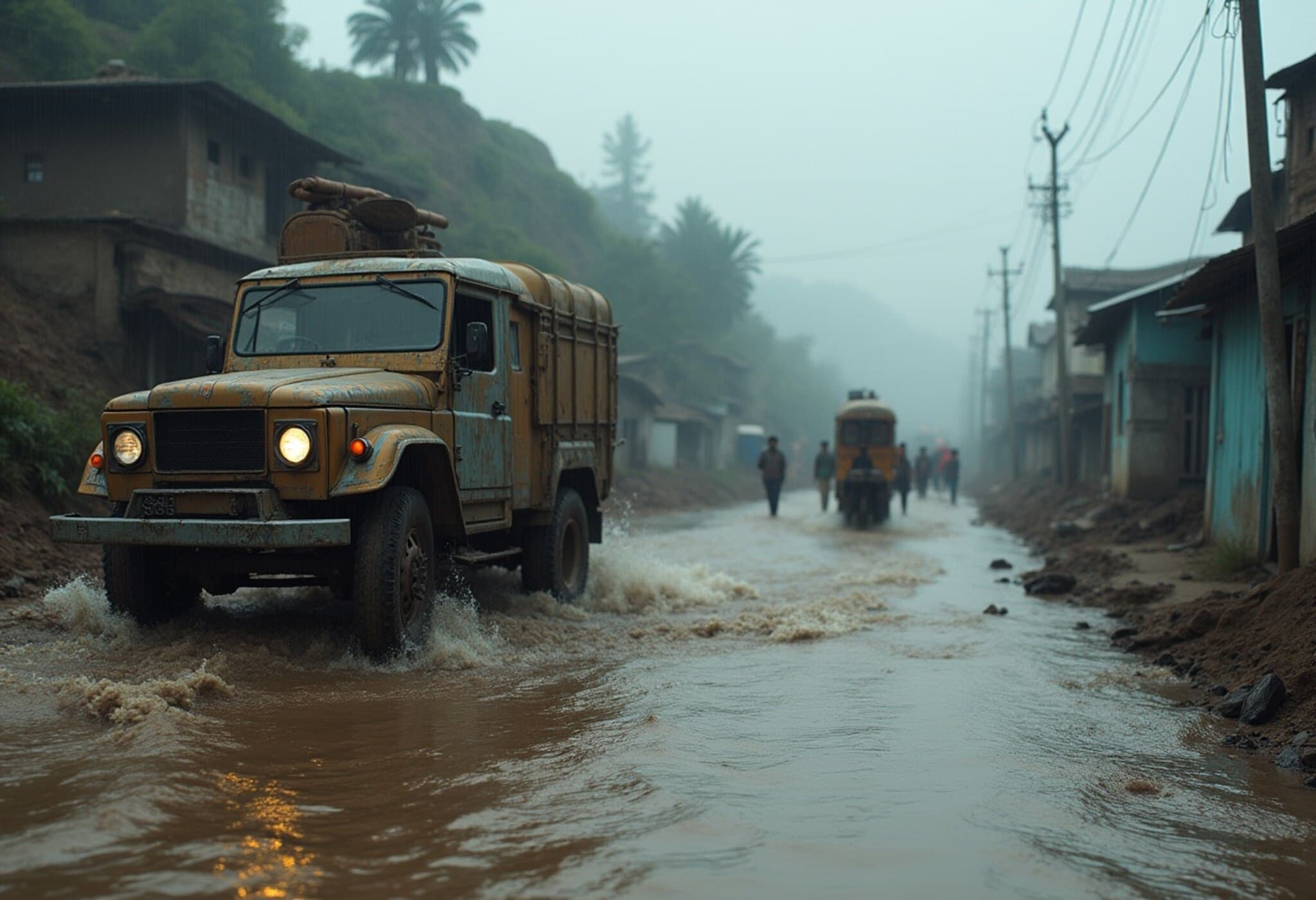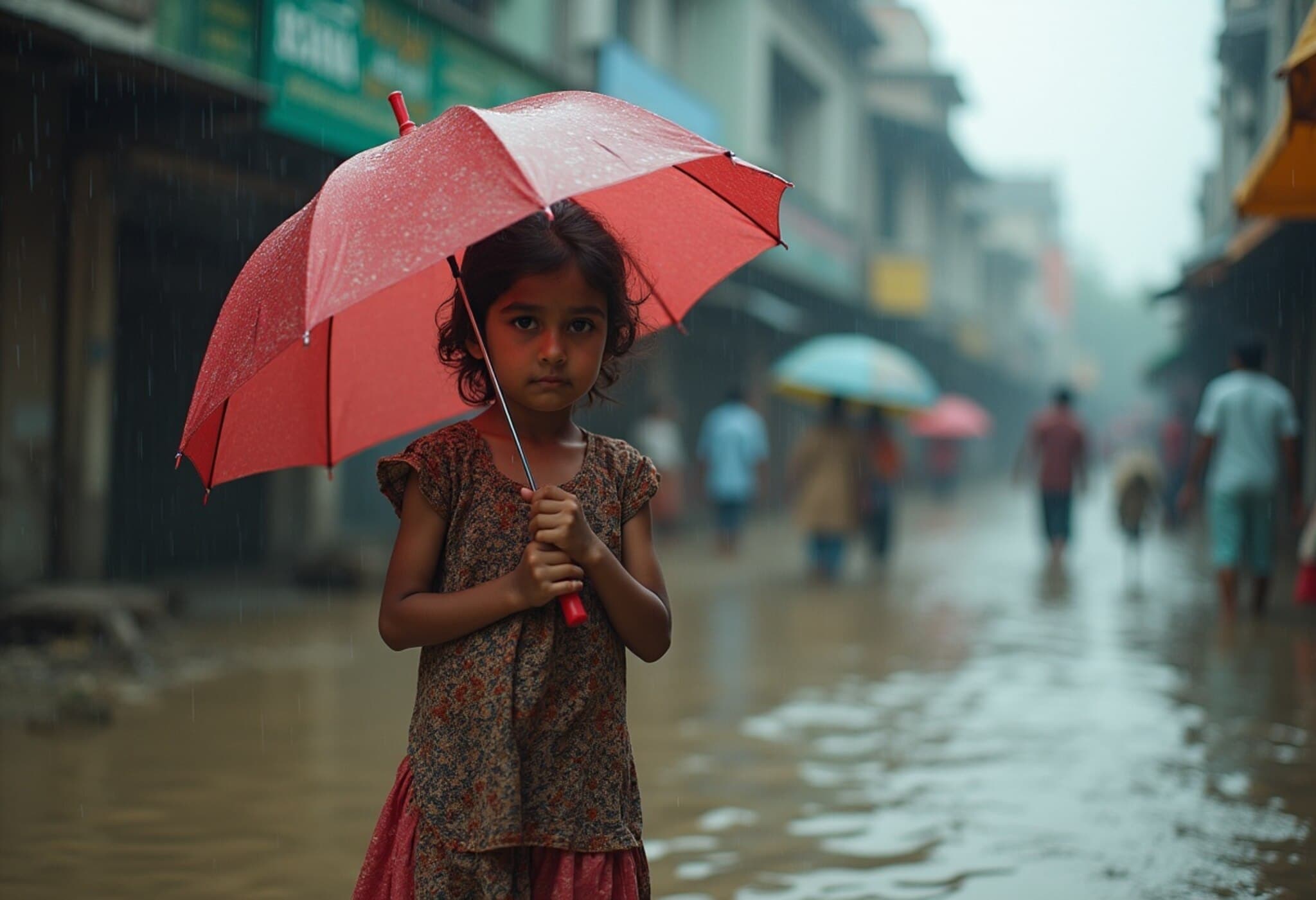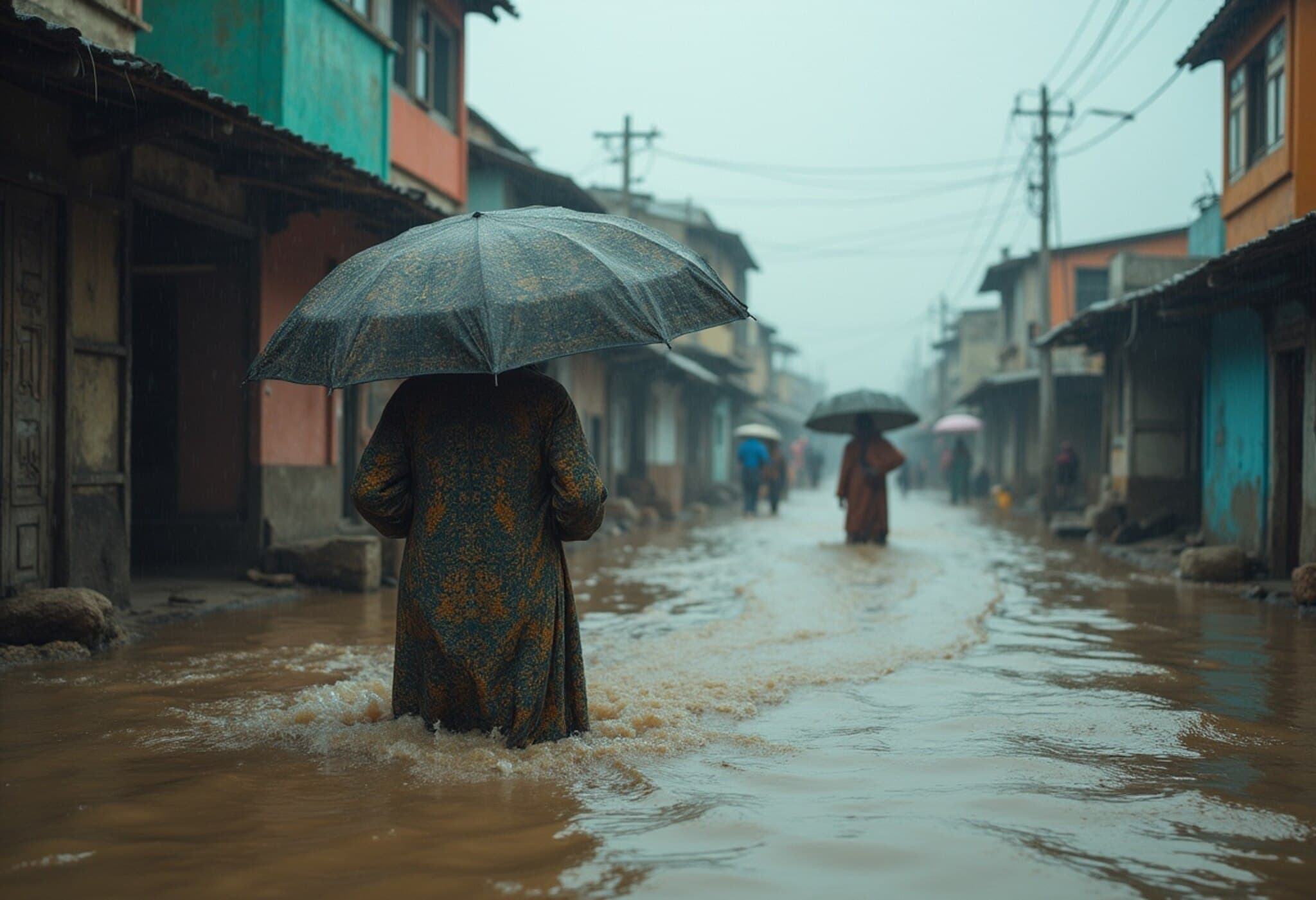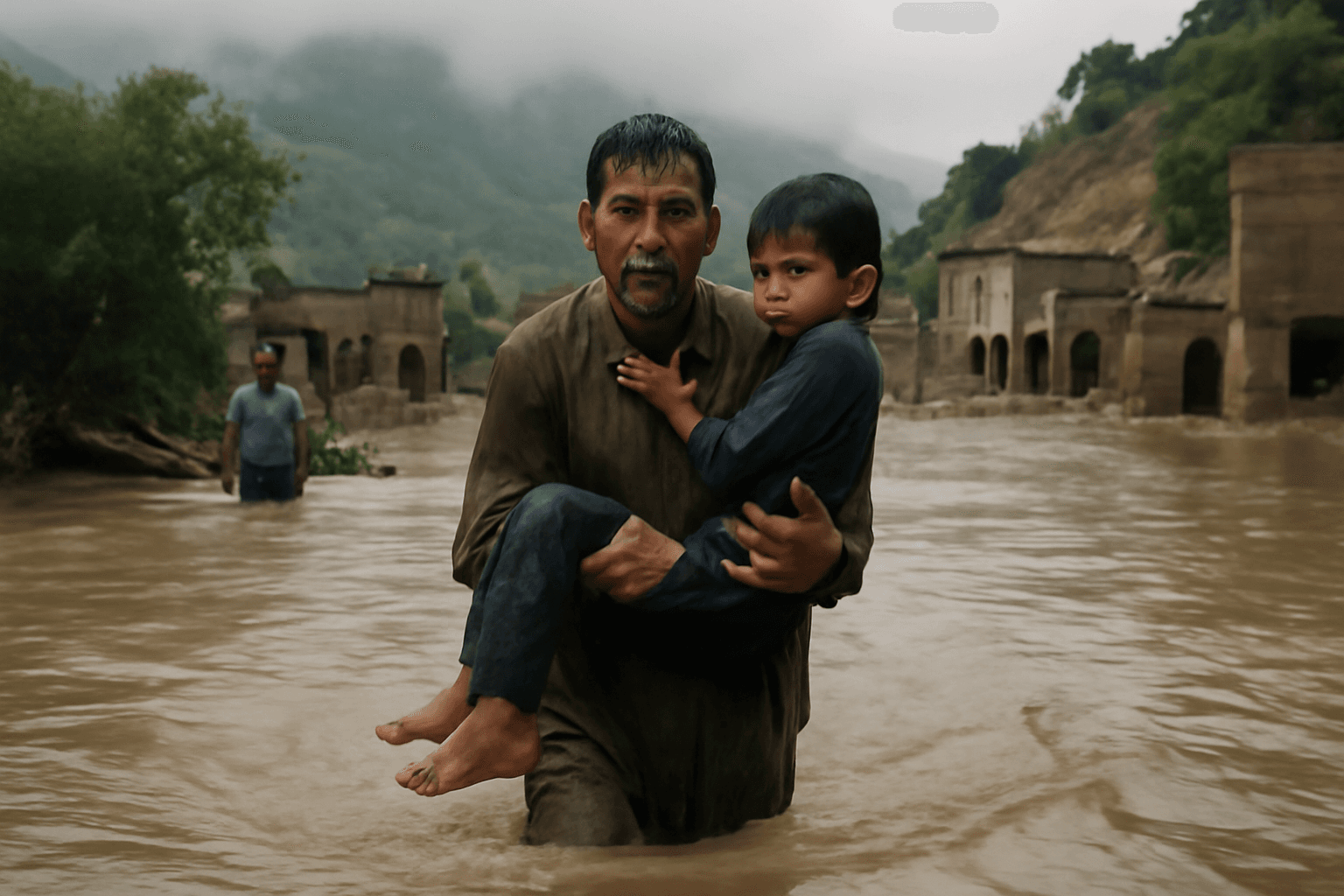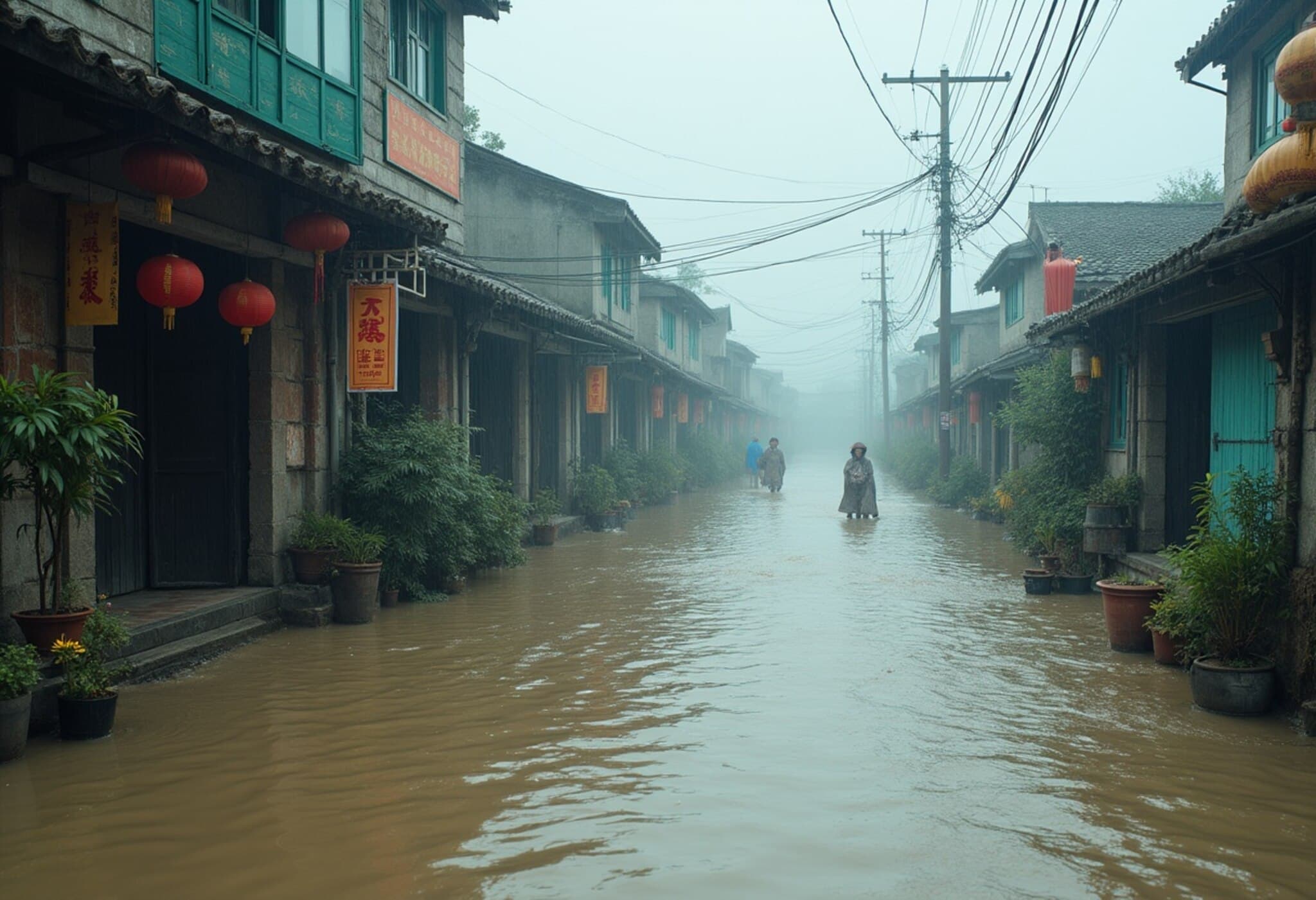Flash Floods Wreck Vital Nepal-China Bridge Amid Deadly Monsoon Rains
In the heart of the Himalayas, a catastrophic event unfolded on July 8, 2025, when devastating flash floods swept away the Nepal-China Friendship Bridge in the Rasuwa district. This critical artery connecting Nepal to China was not just a symbol of bilateral friendship but a vital trade and transit route. Tragically, the disaster claimed at least seven lives, left 18 people missing, and caused widespread destruction of infrastructure, including the customs yard crowded with vehicles and cargo containers.
Human Tragedy Behind the Rising Waters
Among the missing are three police officers, nine Nepali civilians, and six Chinese nationals, primarily motorists and workers engaged in cross-border transportation. The police personnel vanished during selfless attempts to rescue flood victims, illustrating the perilous conditions emergency responders are confronting. Prime Minister KP Sharma Oli expressed deep sorrow after surveying the ravaged area from above: “The flood has caused a huge loss to physical infrastructure and human lives.”
Emergency Response Amidst Catastrophe
In response, the Nepalese army and police mobilized helicopters and rescue teams, successfully bringing at least 55 people to safety. However, the calamity also triggered power outages after damaging multiple hydropower installations, compounding challenges for the flood-affected communities. Communication lines remain fragile as search and rescue operations continue against the odds.
Contextualizing the Disaster: Nepal’s Vulnerability to Monsoon Extremes
Nepal’s staggering mountain landscapes, while majestic, render it highly susceptible to nature’s fury during the monsoon season spanning June to September. Flash floods, landslides, and glacial lake outbursts are frequent and increasingly severe due to shifting climate dynamics such as erratic rainfall patterns and rising global temperatures.
- In 2023, monsoon disasters claimed nearly 495 lives in Nepal, underscoring a distressing trend.
- This year, similar severe rains have ravaged northern India, particularly Himachal Pradesh, where nearly 80 deaths and dozens missing have been reported.
- India’s home ministry notes at least 14 fatalities across five states in just 24 hours caused by flooding this monsoon season.
Experts warn that as climate change accelerates in the Himalayas, the frequency and intensity of these disastrous events are expected to increase, threatening the livelihoods and safety of millions in the region.
Why the Nepal-China Bridge Matters: More Than Just Steel and Concrete
The Nepal-China Friendship Bridge serves as a lifeline for trade, tourism, and cultural exchange. Its damage disrupts not only commercial flows but also the intricate economic interdependence between the two nations. Considering Nepal’s strategic efforts to diversify trade routes beyond India, rebuilding this bridge swiftly carries geopolitical and economic urgency.
Moreover, this event highlights underreported challenges in building resilient infrastructure in fragile mountain environments. Investing in adaptive engineering capable of withstanding climate-induced extremes is an imperative for South Asian governments facing costly and frequent natural disasters.
Looking Ahead: Building Resilience in the Face of Climate Change
Policy analysts emphasize the need for cross-border cooperation on climate adaptation strategies, early-warning systems, and sustainable infrastructure development. Nepal and China, sharing the fragile Himalayan ecosystem, stand to benefit from joint scientific research and disaster preparedness programs to mitigate future risks.
Editor’s Note
The destruction of the Nepal-China Friendship Bridge is a sobering reminder of the human and infrastructural toll exacted by intensifying monsoon floods in the Himalayas. Beyond tragic casualties, the event raises critical questions: How can mountainous nations fortify essential connections against climate unpredictability? What international collaborations are required to protect communities living in vulnerable environments? Addressing these challenges demands urgent, coordinated action spanning governments, scientists, and local stakeholders to secure safer futures in high-altitude regions.

